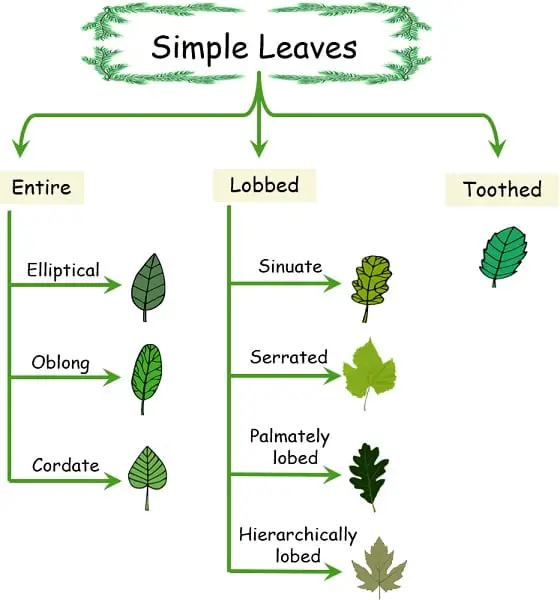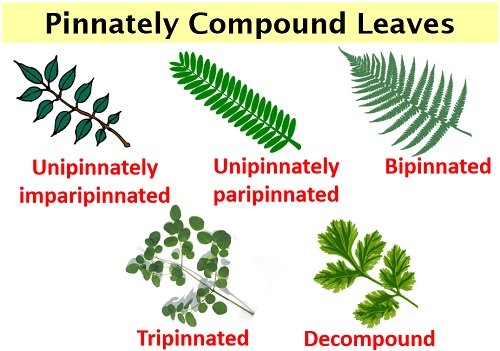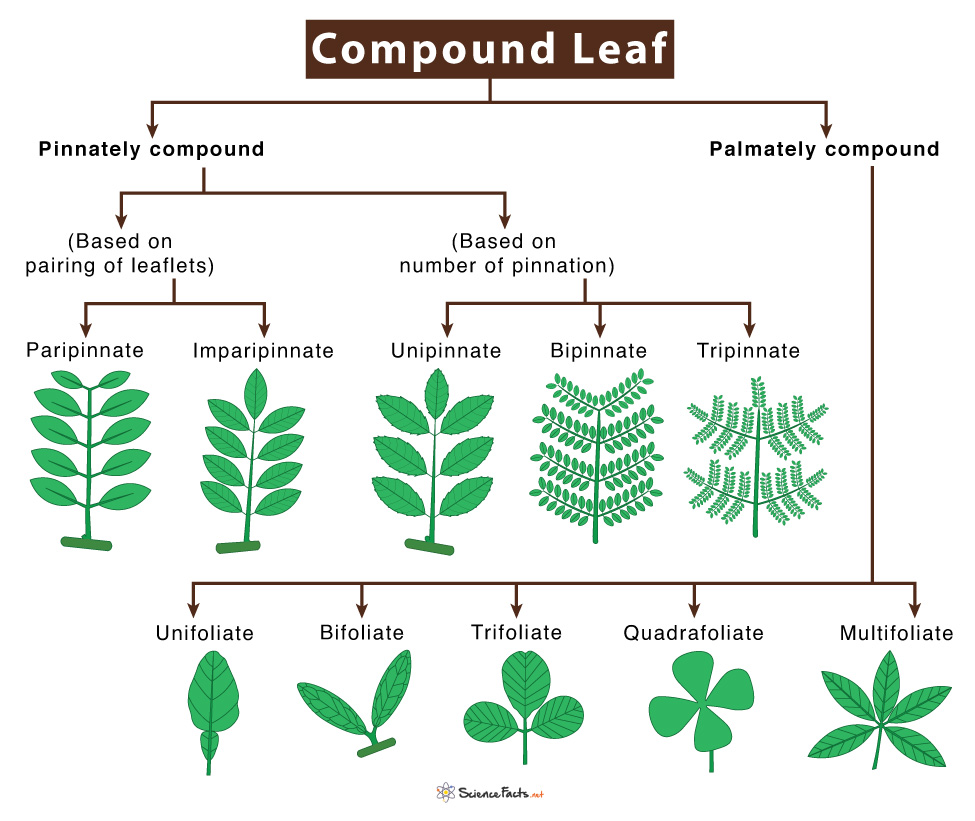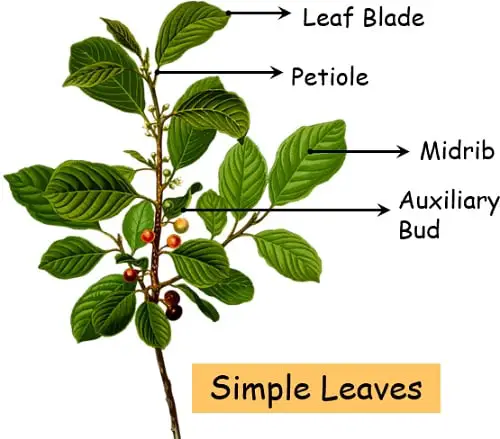What Is The Difference Between Simple And Compound Leaves
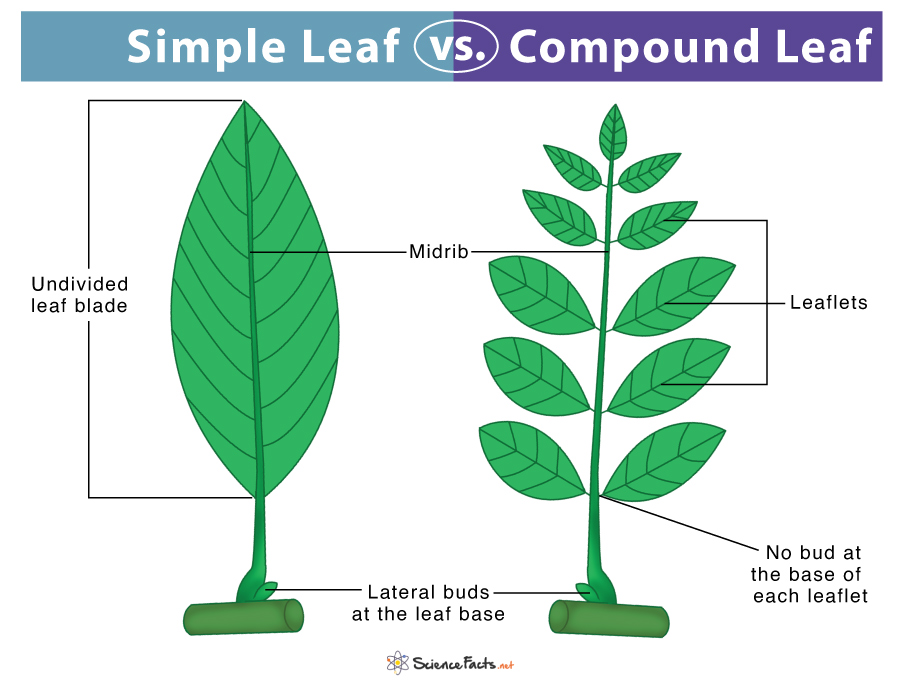
Imagine strolling through a vibrant forest, sunlight dappling through the canopy above. Leaves of every imaginable shape and size flutter in the gentle breeze, creating a symphony of greens. Have you ever paused to truly examine these leaves, noticing the subtle differences in their structure?
The distinction between simple and compound leaves often goes unnoticed, yet it’s a fundamental concept in botany. Understanding this difference unlocks a deeper appreciation for the intricate designs of nature and helps in identifying various plant species. Let's dive into the fascinating world of leaves and unravel this botanical mystery.
What is a Leaf?
Before we delve into the specifics of simple versus compound, let's establish what exactly constitutes a leaf. A leaf is a flattened, typically green structure of a vascular plant that is attached to a stem directly or via a petiole. Its primary function is to capture sunlight for photosynthesis, the process by which plants convert light energy into chemical energy to fuel their growth.
Leaves come in a myriad of shapes, sizes, and textures, each adapted to the specific environmental conditions and evolutionary history of the plant.
Simple Leaves: One and Only
A simple leaf is characterized by having a single, undivided blade. This means that the leaf blade is a single continuous piece of tissue.
Think of an oak leaf, a maple leaf, or even a basil leaf – these are all classic examples of simple leaves.
The leaf blade may have lobes or teeth along its margin, but the key is that it remains a single, connected unit.
Identifying Features of Simple Leaves
The most straightforward way to identify a simple leaf is to look for a single petiole (the stalk that attaches the leaf to the stem) leading to a single leaf blade.
At the base of the petiole, you'll typically find a bud, known as an axillary bud. This bud is crucial because it's where new stems or flowers will emerge from.
If you trace the petiole to the leaf blade and find only one continuous leaf surface above it, you've likely identified a simple leaf.
Compound Leaves: Divided We Stand
A compound leaf, on the other hand, consists of multiple leaflets arising from a single petiole. In essence, a compound leaf is divided into several smaller leaf-like structures.
Think of a rose leaf, a walnut leaf, or even a clover leaf – these are all examples of compound leaves.
Each leaflet is attached to a central stalk, called a rachis, which extends from the petiole.
Types of Compound Leaves
Compound leaves can be further categorized based on how the leaflets are arranged.
Pinnately compound leaves have leaflets arranged along both sides of the rachis, resembling a feather. A classic example is the ash tree leaf.
Palmately compound leaves have leaflets that radiate out from a central point, like fingers on a hand. Horse chestnut leaves are a prime example of this type.
Bipinnately compound leaves are even more divided, with each leaflet of a pinnately compound leaf further divided into smaller leaflets. The mimosa tree is a good example.
Identifying Features of Compound Leaves
The key to identifying a compound leaf lies in distinguishing between leaflets and individual leaves. Look for the axillary bud. Compound leaves only have an axillary bud at the base of the entire structure where the petiole meets the stem, not at the base of each leaflet.
Each leaflet lacks an axillary bud at its base. This is a crucial distinction.
Also, leaflets often have a more symmetrical shape compared to the irregular shapes sometimes found in simple leaf lobes.
Why Does it Matter? The Significance of Leaf Structure
Understanding the difference between simple and compound leaves is more than just a botanical trivia pursuit. It's essential for plant identification and understanding plant adaptation.
Plant identification relies heavily on leaf characteristics, and knowing whether a leaf is simple or compound is a critical first step in narrowing down possibilities.
The structure of a leaf can also provide clues about a plant's adaptation to its environment. Compound leaves, for instance, can be advantageous in windy environments because the smaller leaflets reduce wind resistance.
Beyond the Basics: Variations and Exceptions
As with any biological classification, there are exceptions and variations to the simple/compound leaf distinction.
Some plants have leaves that are deeply lobed, making them appear almost compound. These are technically simple leaves, but their structure can be confusing.
In some cases, the terminal leaflet of a pinnately compound leaf may be absent, giving the impression of an even number of leaflets. Careful observation is key.
The Importance of Observation
Ultimately, the best way to master the difference between simple and compound leaves is through careful observation. Take a walk in your backyard, a local park, or a nearby forest.
Collect a variety of leaves and examine them closely. Pay attention to the presence or absence of axillary buds, the arrangement of leaflets, and the overall shape of the leaf blade.
Consult field guides and online resources to help you identify the plants and confirm your observations. Websites like the USDA Forest Service and botanical gardens websites are great resources.
A Final Thought: Appreciation for Nature's Diversity
The distinction between simple and compound leaves may seem like a small detail, but it's a testament to the incredible diversity and complexity of the plant kingdom. By taking the time to learn about these differences, we gain a deeper appreciation for the intricate designs of nature.
Next time you find yourself surrounded by greenery, take a moment to examine the leaves. You might be surprised at what you discover.
The world of botany is full of wonders waiting to be explored, one leaf at a time.


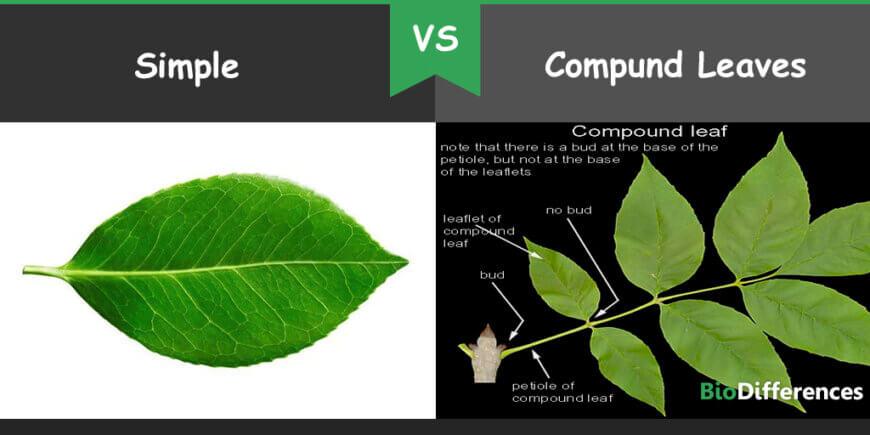

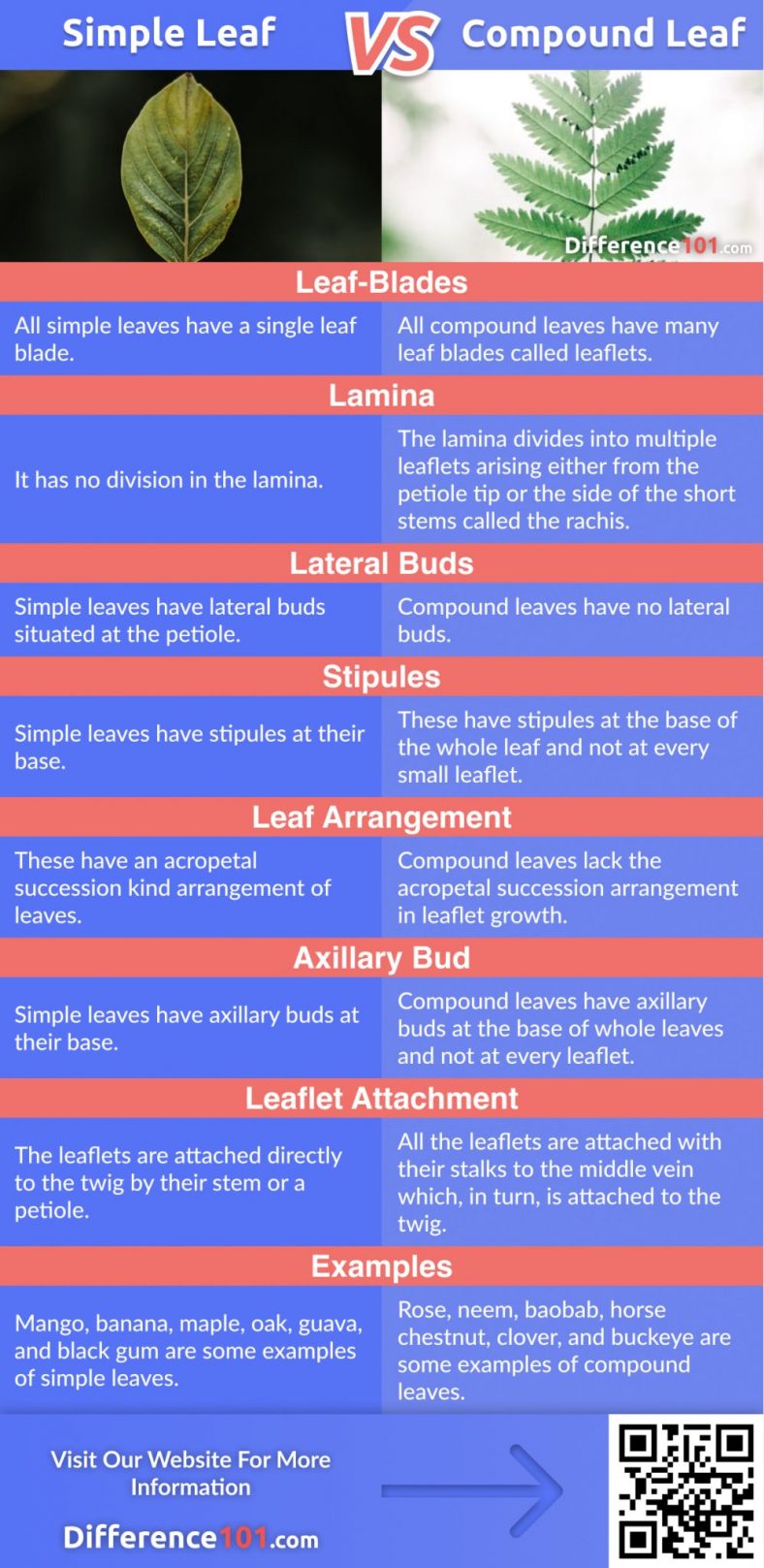
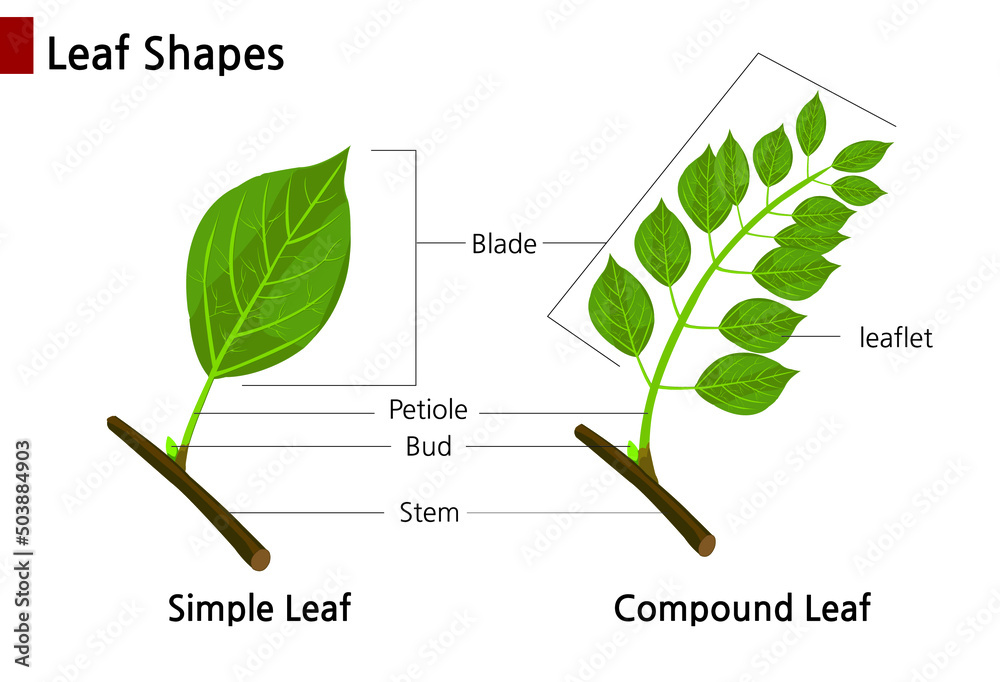


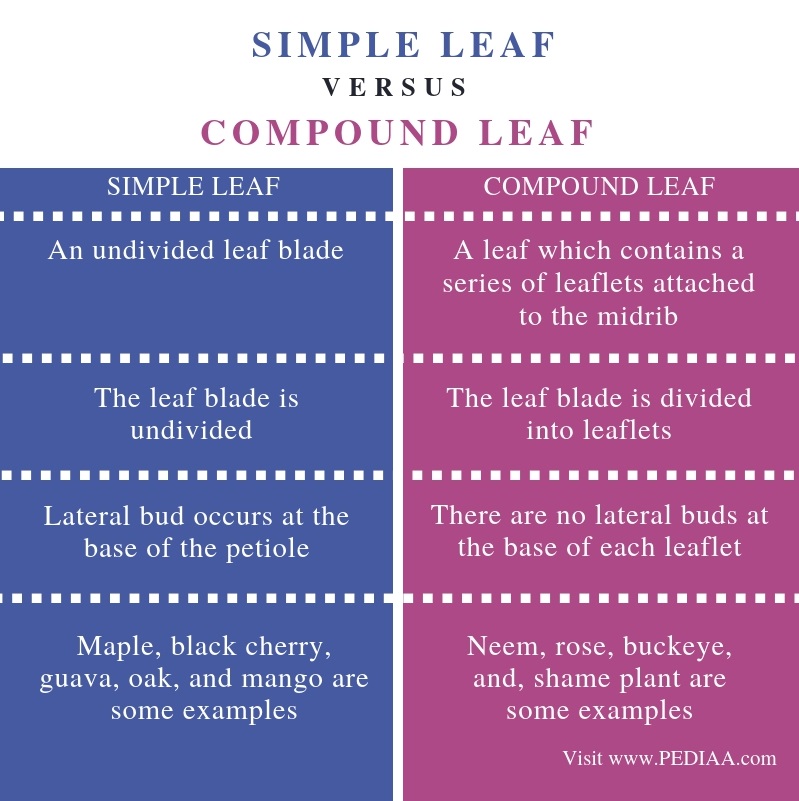


:max_bytes(150000):strip_icc()/the-difference-between-simple-and-compound-tree-leaves-4051112-final-f39de04e4de74d208aa5d35c68e7a8a6.png)
